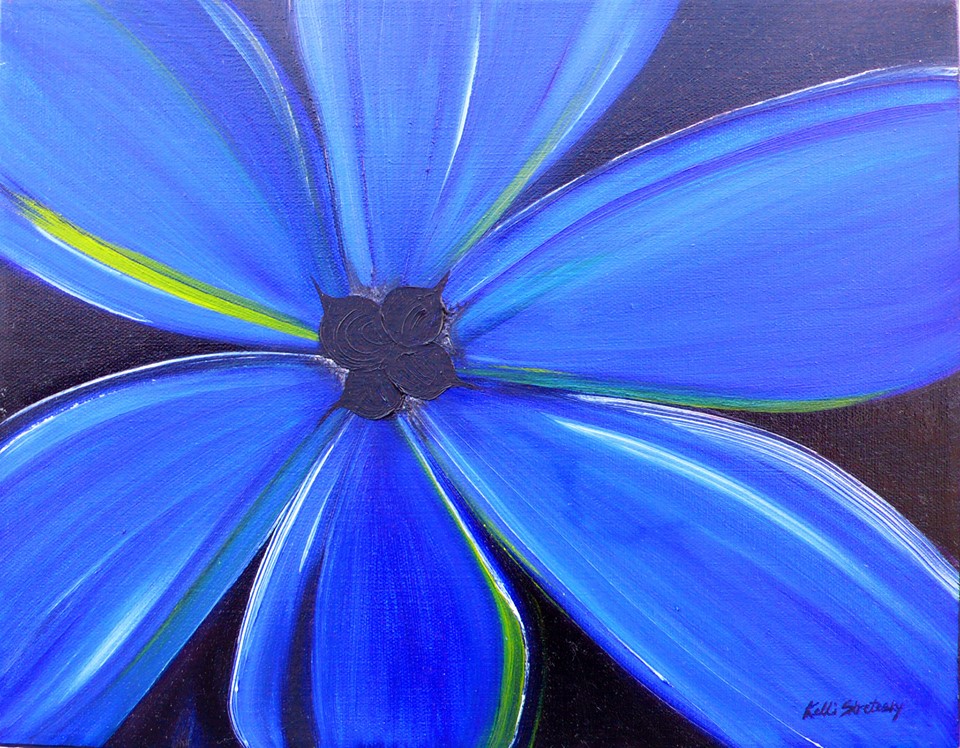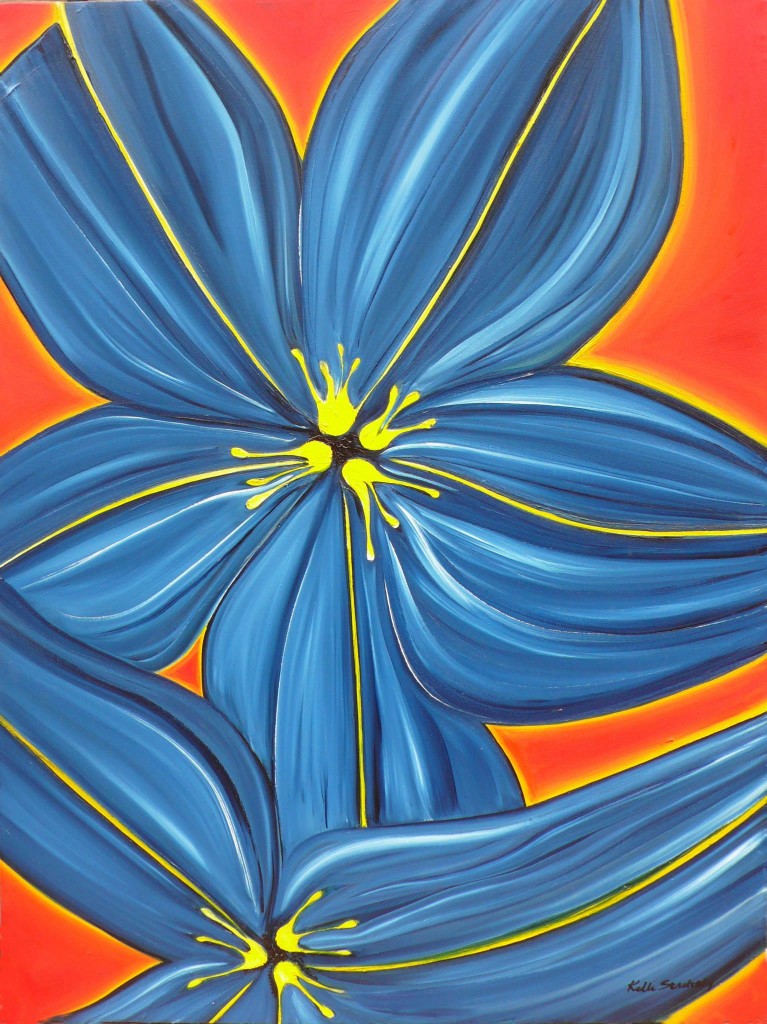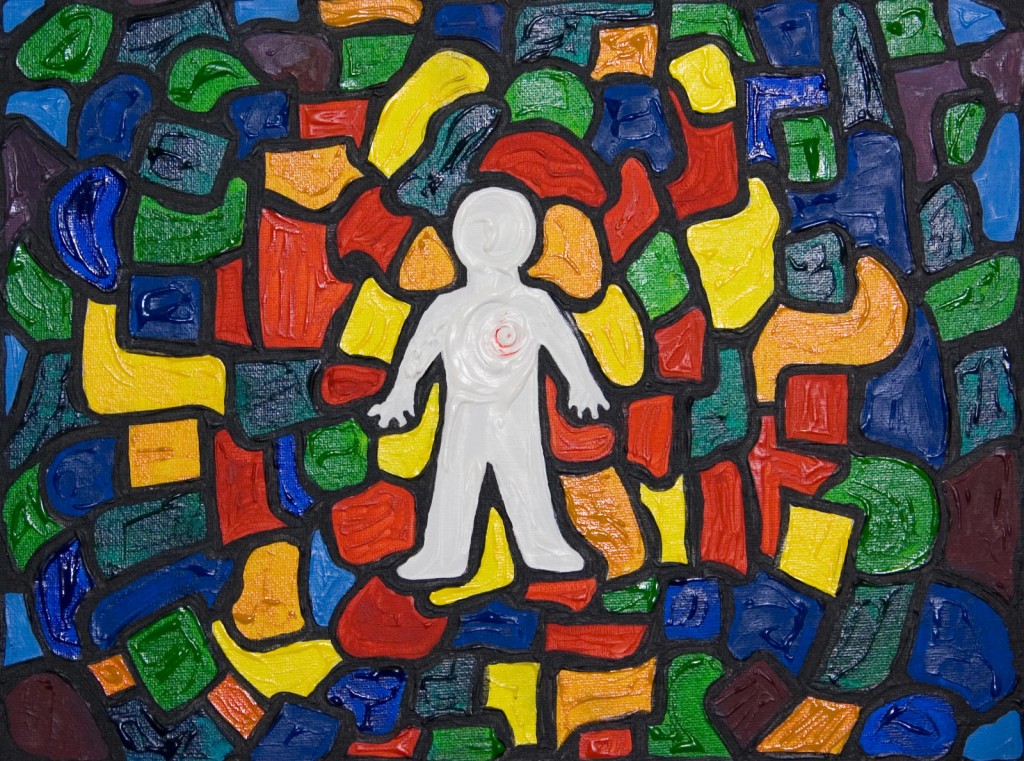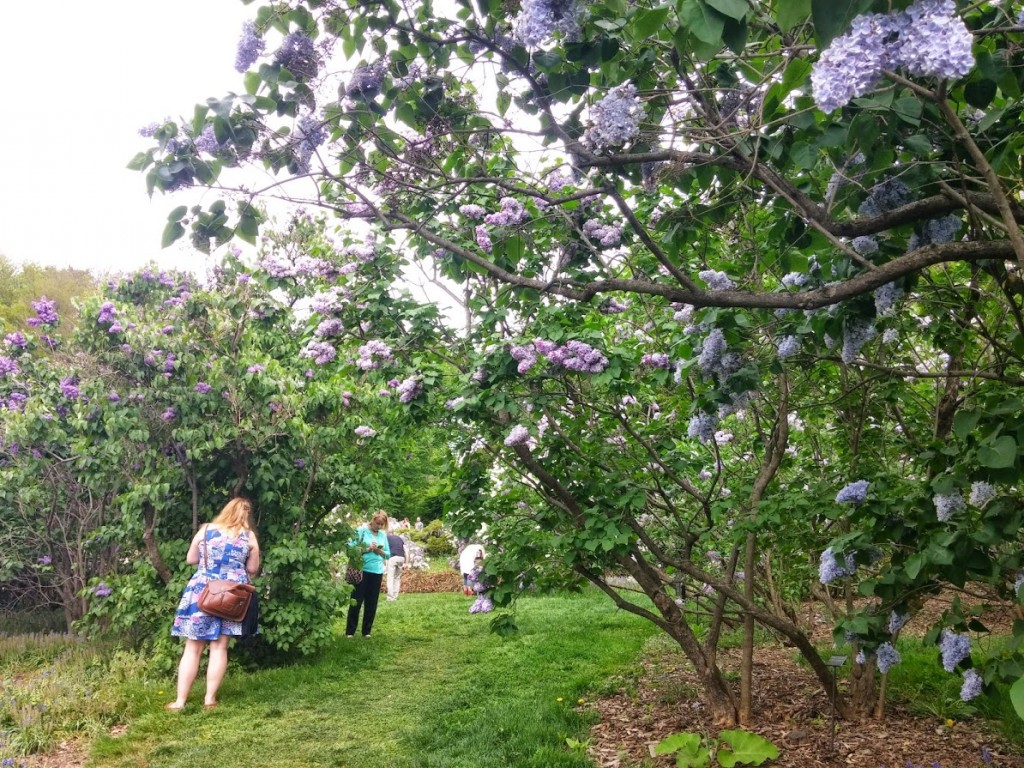
“Some researchers dismiss abstract art as unsuitable for hospital use, due to “the perceived ambiguity of meaning in abstract art, which is maintained as being too open-ended for patients to interpret, as they are often experiencing states of unfamiliarity, vulnerability, stress, unpredictability, and uneasiness,” Mullins said. He and his colleagues think that other factors matter more than style, including size and placement, color and contrast (patients prefer bright colors), shape, and movement (to which patients respond well).”






